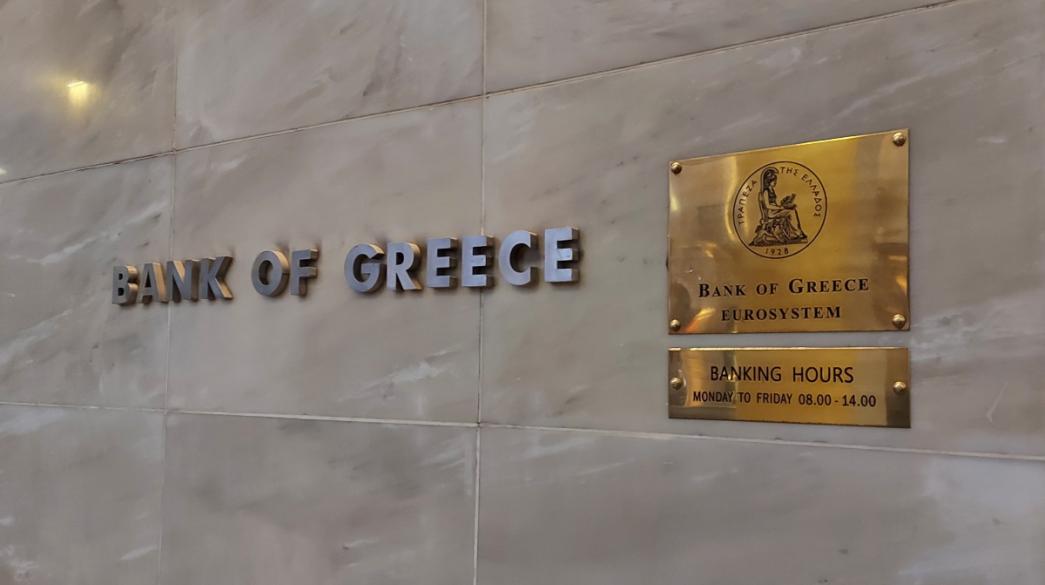Non-residents' arrivals in Greece totaled 4,540,000 in the January-July period this year, up 51.4 pct compared with the corresponding period in 2020, while travel receipts grew 139.7 pct, representing 37.1 pct of their 2019 level, the Bank of Greece said on Monday.
The central bank, in a monthly report, said that non-residents' arrivals soared 240 pct in July totaling 2,815,000, representing 50 pct of their July 2019 level, while travel receipts accounted for 61.4 pct of July 2019 levels.
In July, the current account registered a surplus, against a deficit in the same month a year earlier, mainly due to an improvement in the services balance and, to a lesser extent, the primary and secondary income accounts, which was partly offset by a deterioration in the balance of goods.
In the January-July period, the current account deficit dropped year‑on‑year, due to an improvement in the balance of services and the primary income account, which was partly offset by a deterioration of mainly the balance of goods. In July, the current account balance showed a surplus of 538 million euros, against a deficit of 797 million in the same month of 2020.
The rise in the deficit of the balance of goods is accounted for by an increase in imports larger than that in exports. Specifically, exports grew by 30.7 pct and 7.2 pct at current and constant prices, respectively, while imports rose by 34.2 pct and 10.7 pct at current and constant prices, respectively. In particular, non‑oil exports of goods grew by 26.9 pct and 19.7 pct at current and constant prices, respectively, and non‑oil imports increased by 22.7 pct and 19 pct at current and constant prices, respectively. The deficit of the primary income account narrowed, mainly due to lower net interest, dividend and profit payments, compared with the same month a year earlier. The secondary income account balance improved, reflecting a year‑on‑year decline in the net payments of the other sectors (excluding general government).
In the January-July period, the current account deficit recorded a decrease of 889 million euros year‑on‑year and stood at 7.0 billion. A rise in the deficit of the balance of goods is due to the fact that imports increased more than exports in absolute terms. In more detail, exports grew by 29.6 pct and 13.9 pct at current and constant prices, respectively, while imports rose by 25.4 pct at current prices and by 7.9 pct at constant prices. Specifically, non‑oil exports and imports of goods grew at around the same rate (23.7 pct and 23.4 pct, respectively) at current prices; at constant prices they increased by 19.6 pct and 22.1 pct, respectively.
A rise in the services surplus is primarily due to an improvement in the travel services balance and, to a lesser extent, in the other services balance, which was partly offset by a decline in the surplus of the transport balance. Finally, the primary income account turned from deficit to surplus, mainly due to a decline in net interest, dividend and profit payments, while the surplus in the secondary income account decreased slightly.
In July, the capital account deficit doubled year‑on‑year and stood at 48 million euros, while in the January-July period, the capital account surplus rose by 96.1 million year‑on‑year and stood at 666 million.
In July, under direct investment, residents' external assets decreased by 50 million euros and residents' external liabilities rose by 441 million euros. Under portfolio investment, an increase in residents’ external assets is almost exclusively attributable to a rise of 2.9 billion in residents’ holdings of foreign bonds and Treasury bills. A decrease in residents’ external liabilities is due to a drop of 1.3 billion in non‑residents’ holdings of Greek government bonds and Treasury bills, which was partly offset by a 663 million increase in non‑residents’ holdings of shares of Greek firms. Under other investment, a rise in residents' external assets reflects a statistical adjustment (of 488 million) associated with the issuance of banknotes and an increase of 366 million in loans extended to non‑residents. A rise in their liabilities reflects mainly an increase of 3.1 billion in non‑residents’ deposit and repo holdings in Greece (the TARGET account included).
In the January-July period, under direct investment, residents’ external assets increased by 726 million and residents’ external liabilities, which represent non‑residents’ direct investment in Greece, rose by 2.8 billion. Under portfolio investment, an increase in residents' external assets is chiefly attributable to a rise of 14.5 billion in residents' holdings of foreign bonds and Treasury bills. An increase in residents' external liabilities is due to a rise of 1.3 billion in non‑residents' holdings of shares of Greek firms and an increase of 938 million in non‑residents’ holdings of Greek government bonds and Treasury bills. Under other investment, a rise in residents' external assets reflects mainly an increase of 2.6 billion in loans extended to non‑residents. A rise in residents’ external liabilities reflects chiefly an increase of 2.2 billion in non‑residents’ deposit and repo holdings in Greece (the TARGET account included) and, secondarily, a 5.7 billion rise in the outstanding debt to non‑residents. At the end of July, Greece’s foreign reserve assets stood at 9.4 billion, almost at the same level as in July 2020.
ANA-MPA









